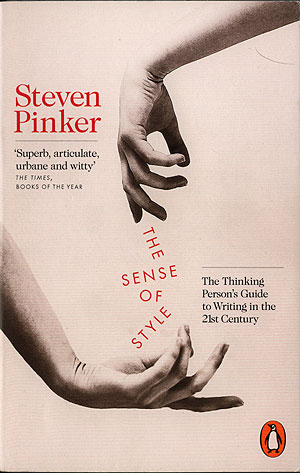I wrote this review in the 1990’s. I didn’t think much of it then …
Robert Jordan, THE EYE OF THE WORLD, (Orbit, 670pp, £7.99 trade.).
The cover illustration shows some characters, armed, and on horseback, and the blurb calls the book ‘A splendid epic of heroic fantasy’.
Inside it’s much as you’d expect of Book One of a fantasy series. The rustic hero, Rand, caught up in events beyond his village, is sought by rising dark forces and hunted by various foulnesses called Trollocs, Darkfriends etc. while a sorceress and Warden aid him and his young companions. Magical power is centred in distinct male and female powers; while the female is still effective the male half is tainted with evil and drives its wielders into madness.
The characterisation is a weak point in this otherwise diligently constructed epic; even after 300,000 words one has little insight into these people. The author tends to label them with single attributes, so that one is ‘obstinate’, another ‘broad-shouldered’, another ‘mischevous’ and so on. Possibly the best inventions in the whole book are the Whitecloaks, a truly sinister bunch of armed religious fanatics and sorcery-haters.
The book is something of a page-turner; but the mechanical plotting is at the same time an irritant; as soon as some trouble is outlined one can be sure that our young heroes will do the most foolhardy thing and fall right into it, and then be rescued by some deus ex machina means. At the end of this volume their immediate problem is overcome with unconvincing ease.
Recommended for fantasy quest addicts and uncritical adolescents only.
(Reviewed by Geoff Cowie)
Month: April 2016
The Sense of Style
The Sense of Style – The Thinking Person’s Guide to Writing in the 21st Century: Stephen Pinker, Penguin £9.99, 360pp.
 What is good prose? There is no shortage of advice on the subject, and plenty of books on writing style. If that wasn’t enough, opinions vary, from the style nazis who quote lots of awkward rules, to the other extreme.
What is good prose? There is no shortage of advice on the subject, and plenty of books on writing style. If that wasn’t enough, opinions vary, from the style nazis who quote lots of awkward rules, to the other extreme.
Pinker says that he loves reading style manuals, but goes on to say that he thinks a lot of them miss the point and are based on a shaky understanding of grammar.
He does not think that writing was was better in the old days, but that style still matters for getting your intended point across.
Major chapters include examples of good writing, how to avoid writing bureaucratic and other stuffy prose, how to avoid ‘the curse of knowledge’ and avoid baffling your reader, understanding syntax, and how to ensure that one idea follows another in a clear way.
The final chapter relates how to make sense of the rules of grammar, word choice and punctuation. This is the most interesting chapter, as Pinker lists which rules make sense and which are fairy tales and should be ignored. Some ‘rules’ arise from a mistaken notion that rules that apply to Latin ought to apply to English.
This is a most useful book which steers a middle course between free for all and overly prescriptive ‘rules’. Pinker is no self-appointed ‘expert’, but is Chair of the usage panel of the American Heritage Dictionary, and the author of several books on language.
